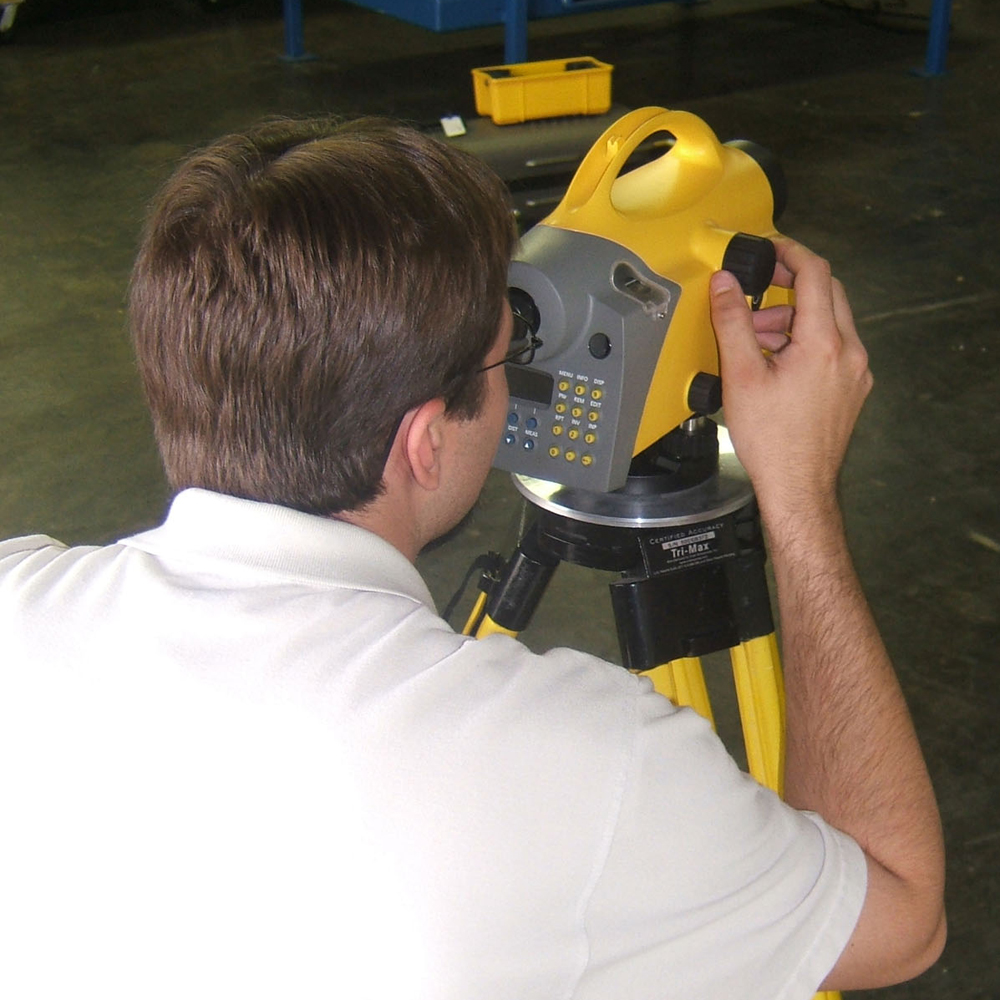We use cookies to make your experience better. To comply with the new e-Privacy directive, we need to ask for your consent to set the cookies. Learn more.
Eliminating Lean in Forklift Battery Changers
For operations that keep a large stock of forklift batteries, there's no more efficient storage system than multi-tier racking. Coupled with an operator aboard industrial battery changer, system stands take advantage of vertical space to vastly reduce the battery room's footprint, which leaves more valuable square footage for revenue-generating warehousing services.
When you go vertical, though, you compound the risk of vehicle lean. The difference in elevation between the left and right wheels of your battery changer compounds drastically as the vehicle ascends to access batteries on higher shelves.
Operator aboard battery changers are similar to very narrow aisle (VNA) lift trucks in this way:
-
Even a minor difference in elevation between the left and right wheels of VNA trucks causes dangerous leaning when the mast is fully extended.
-
According to analysis by flooring industry resource CoGripedia, at a height of 20 feet (about 6 meters), the elevation distance between wheels of a VNA lift truck is multiplied by 5. At 32 feet (about 10 meters), the elevation distance grows by a factor of 8 1/3.
-
Here's an example: if your floor has a minor slope of about 1/4" along the forklift battery changer's travel path, 20 feet up you'll see over half an inch of lean. At 30 feet, the battery changer will lean almost a full inch.
-
The problem is even worse when you factor motion into the equation. The figures used in the above example only take static lean into account; at a sample speed of 10 feet per second, leaning rates are multiplied by three to four times.
In short, a very small flaw in your battery room floor can cause a moving battery changer to lean into racking, which is an incredibly dangerous prospect. Even if flawed flooring doesn't lead to this worst-case scenario, any lean at all can damage battery changer components or tear tracks out of the floor.
How to Keep Forklift Battery Changers Free of Lean
Companies will prevent enormous repair costs — and even unthinkable injuries — by simply ensuring that the travel path along the system stands is extraordinarily flat and level. This is where many operations make a mistake; flatness standards for general warehouse flooring are less rigid than those required by defined traffic applications, like battery changer travel paths.

The installation team will grind uneven areas until they meet the strict requirement of a superflat floor. Only then do they proceed with adding an epoxy mortar layer, an epoxy primer, and the acid-, chemical-, and impact-resistant topcoat.
By installing a superflat floor, every operation can guarantee a lifetime of efficient service from battery changers that ascend two, three, and even four tiers into the air. You don't want to think about the alternative.
References:
Fudala, David. “Understanding and Specifying F-Min.” Concrete International (2008): 52-6. ProQuest. Web. 7 Dec 2015.
"Static Lean Table." Cogripedia. CoGri Group Ltd., n.d. Web. 7 Dec 2015.
